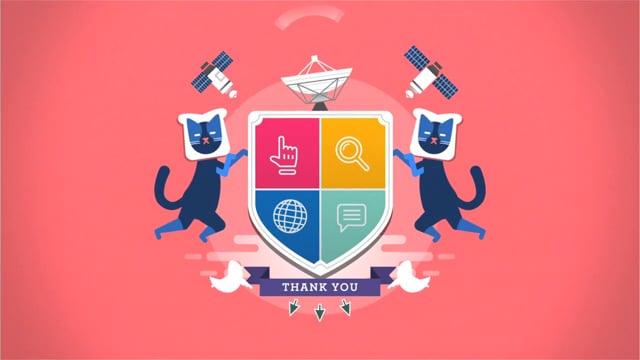The major web standards consist of rules, protocols, and technologies established to ensure the harmonious and coherent functioning of websites and web applications, making them interoperable and accessible regardless of the browser or device used. These standards cover various aspects, including data management, accessibility, user experience, and search engine optimization. They are mainly defined and governed by organizations such as the World Wide Web Consortium (W3C) and other groups like the Internet Engineering Task Force (IETF) and ECMA International.
The W3C is an international organization founded in 1994 by Tim Berners-Lee, the main inventor of the Web. Its mission is to develop open standards to ensure the growth, accessibility, and sustainability of the Web. This organization, based at MIT in the United States with offices in Europe and Asia, has developed numerous web standards, some of which have entered common language, such as HTML, CSS, XML, and the HTTP protocol.
These web standards are essential for ensuring interoperability, accessibility, and compatibility across different browsers, devices, and users. They play a key role in the evolution of the web by making technologies more reliable, accessible, and universally understandable.


